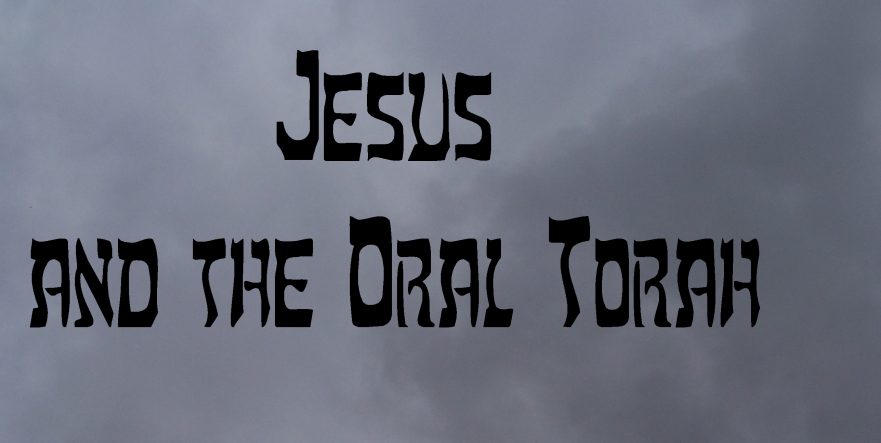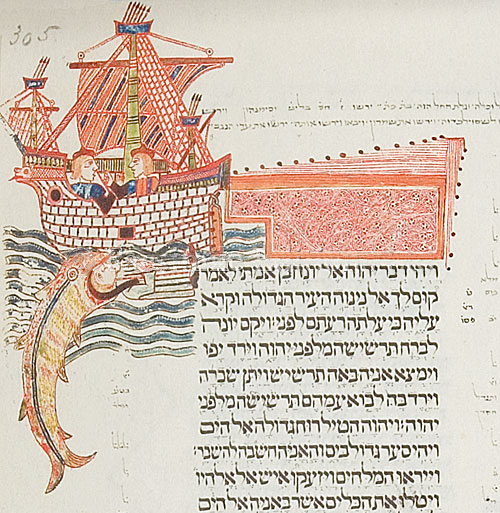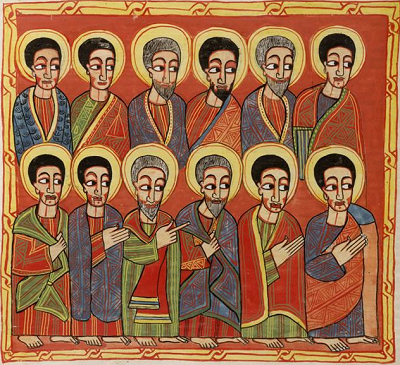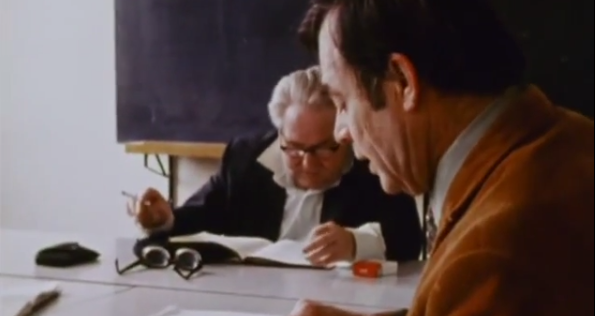A reader asks for information on the various Jewish sects’ views of the deity of the Messiah.
The New International Jesus
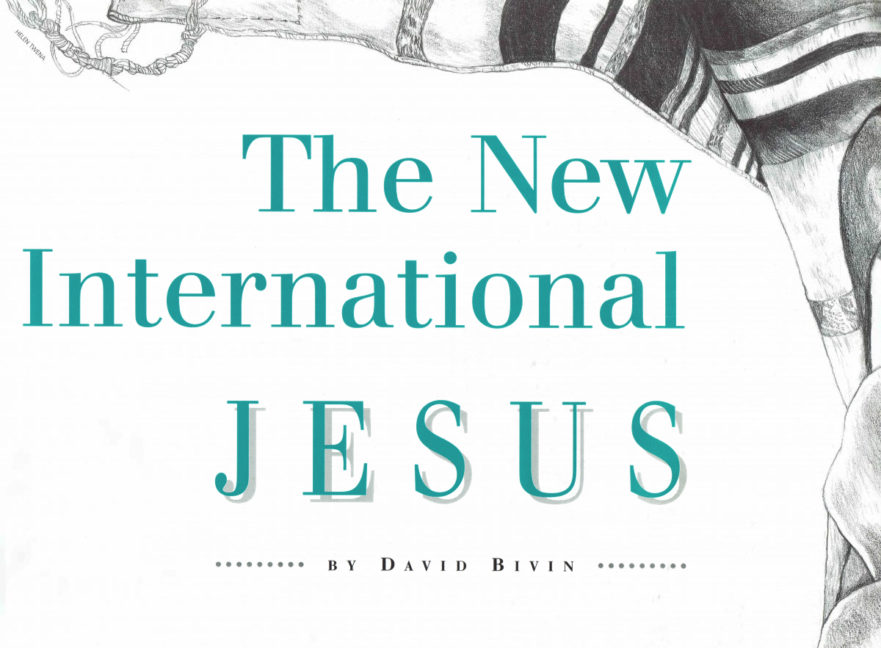
Inaccuracy in translating either through ignorance or because of an obscure manuscript reading is to be expected, but to skew wittingly due to academic bias or religious tendentiousness smirches the reputation of a venerable profession.
Noun Chains in the Gospels

Hebraisms in the Synoptic Gospels are as ubiquitous as cats in Jerusalem.
Could Bethsaida Be West of the Jordan?
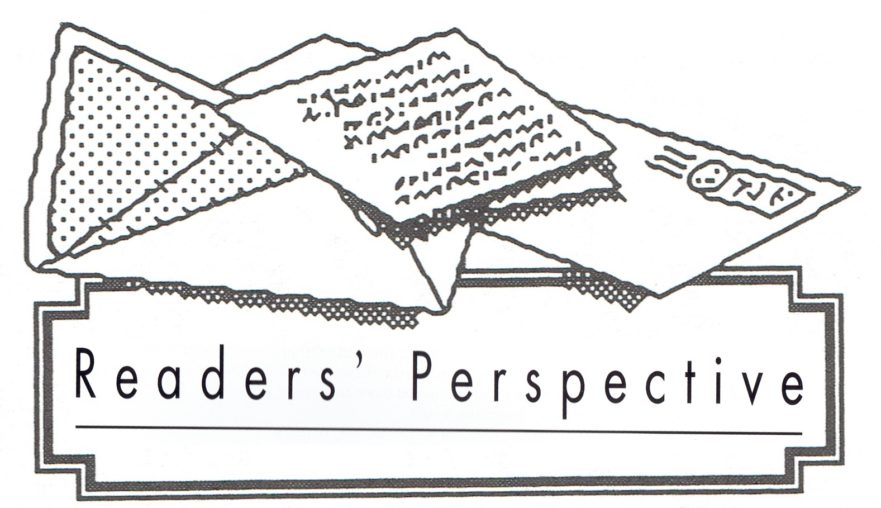
The Jordan River was not the border of the land of Israel in the time of Jesus.
Another Look at Peter’s Great Confession
Lessons taught on 27 December, 1997 and January 3, 1998.
One Torah Reader, Not Seven!
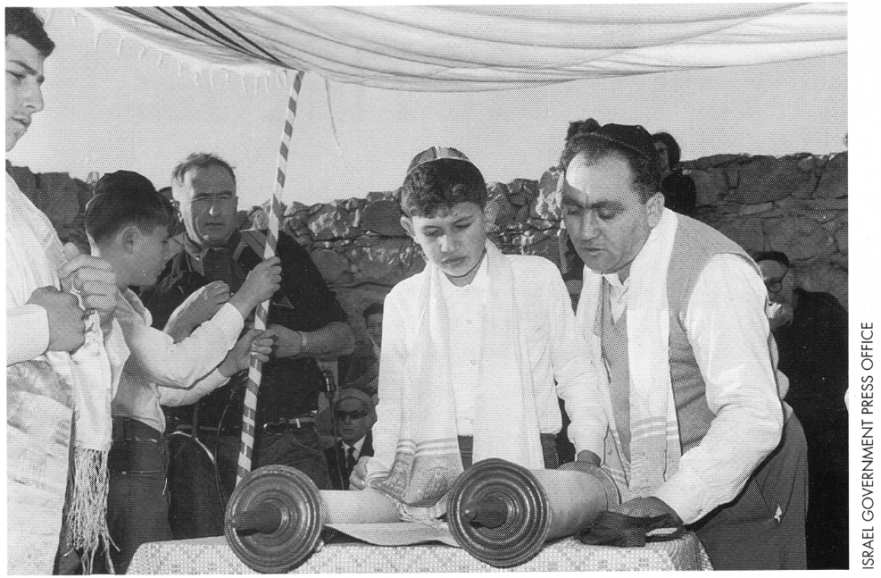
Only around 100 A.D. did it become the custom to have the weekly Torah portion read by seven persons.
Did the Father Abandon his Son on the Cross?

Mark’s text appears to be a midrashic expansion of the original version of Jesus’ death on the cross.
Hendiadys in the Synoptic Gospels

Hebraisms are as ubiquitous in the Synoptic Gospels as cats in Jerusalem.
“And” or “In order to” Remarry?
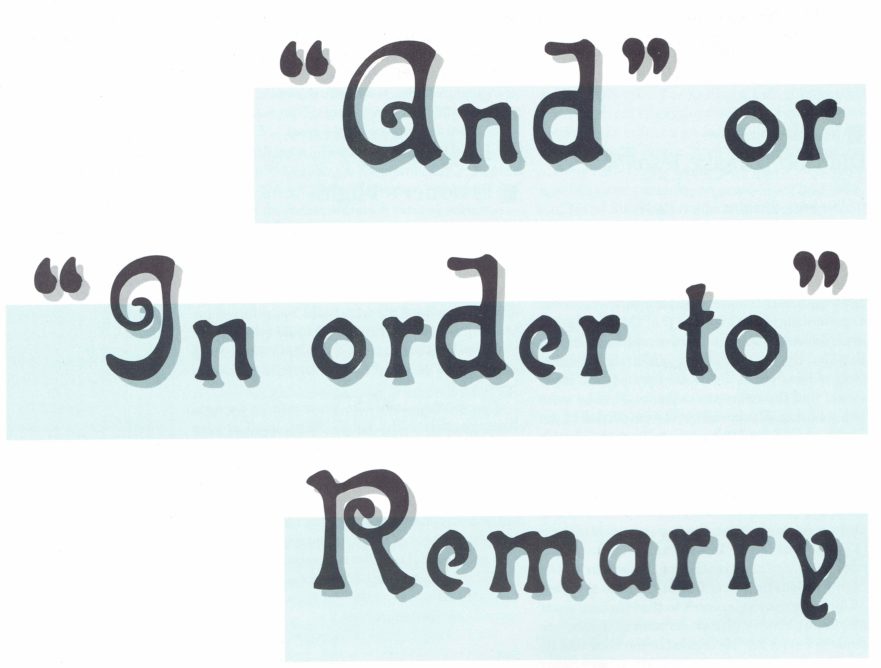
Apparently, contrary to normal Greek usage, Greek’s kai (“and”) in the sense of “in order to” occurs in the Synoptic Gospels.
Matthew 6:22-23: Jesus’ “Good Eye” Saying
Sermon preached on December 9, 1995.
Milestones in the Life of Robert Lisle Lindsey
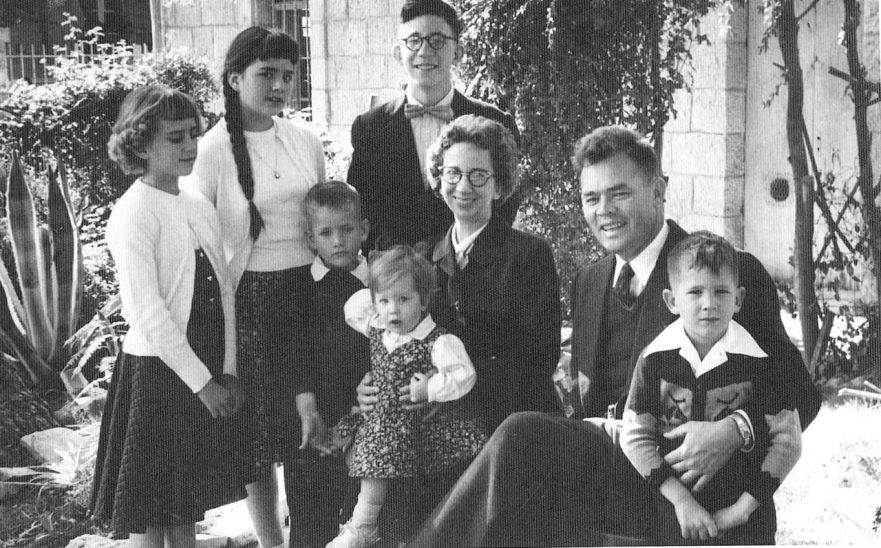
Robert L. Lindsey was born in Norman, Oklahoma on August 16, 1917. Here are some of the milestones in his life.
The Writings of Robert L. Lindsey
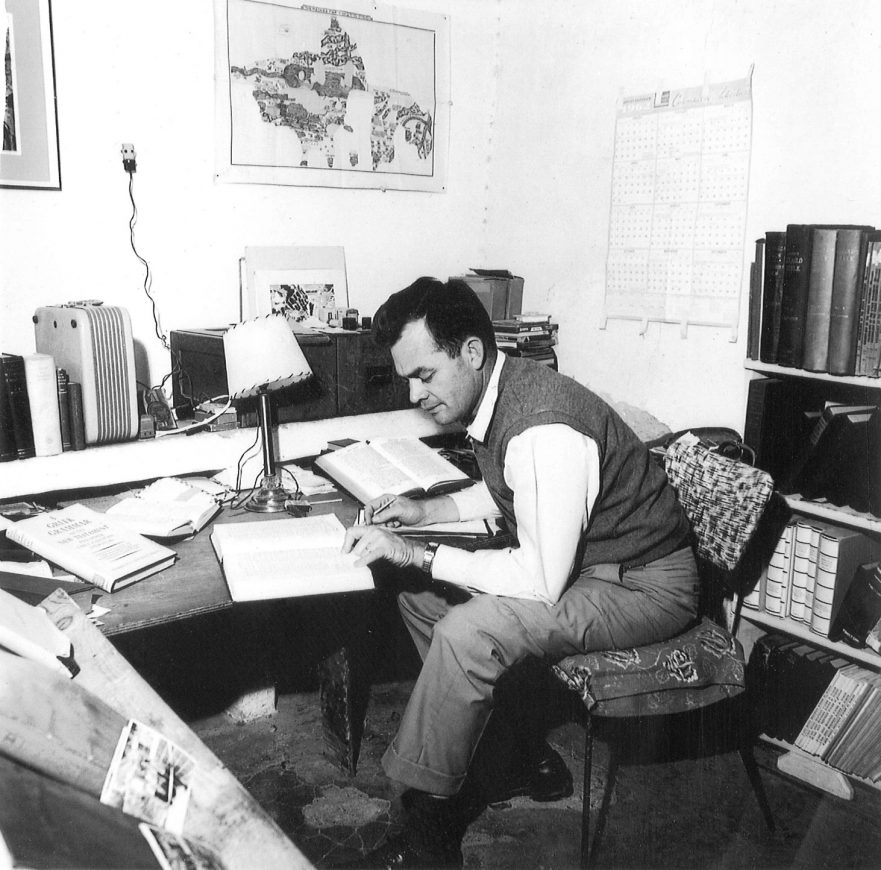
Despite Dr. Robert L. Lindsey’s workload as the full-time pastor of a Baptist congregation in Jerusalem, Israel, Lindsey wrote eleven books and booklets (including his monumental, three-volume A Comparative Greek Concordance of the Synoptic Gospels) and thirty-one articles.
Blessed Be the Faithful Judge!
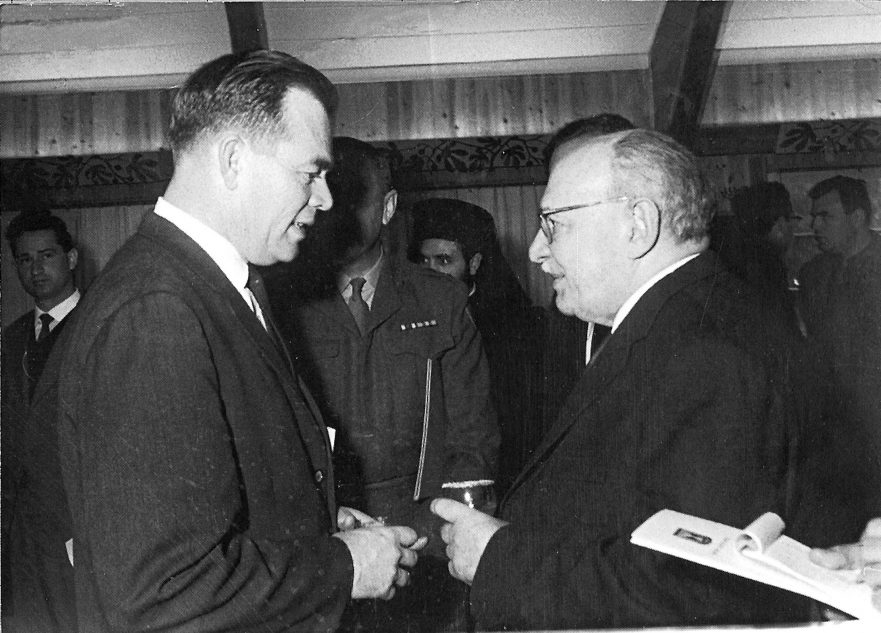
When I came to Israel in 1963 to begin graduate studies at the Hebrew University of Jerusalem, Dr. Lindsey was 45 years old. He and his family had moved recently from Tiberias to Jerusalem. It had been in Tiberias, beside the Sea of Galilee, just 18 months before, that he had stumbled upon the key to the synoptic problem’s solution: Luke’s Gospel was written before Mark’s.
Sea of Galilee Museum Opens Its Doors
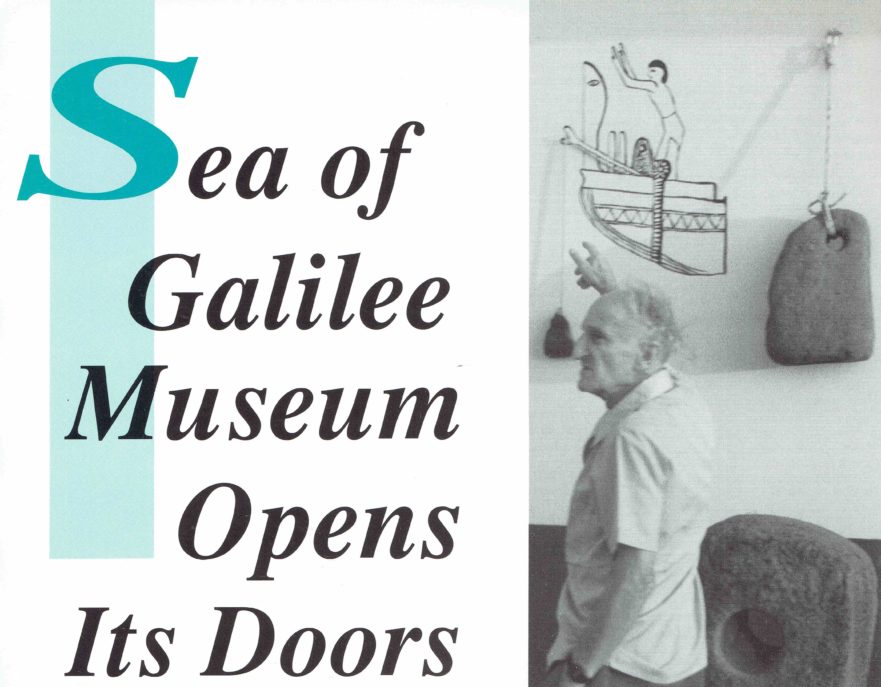
A unique museum now awaits the visitor to Israel—Beit Ha-Oganim (House of the Anchors). Located at Kibbutz Ein Gev on the Sea of Galilee’s eastern shore, the new museum’s exhibits are a delight to the eye and a learning experience par excellence.

